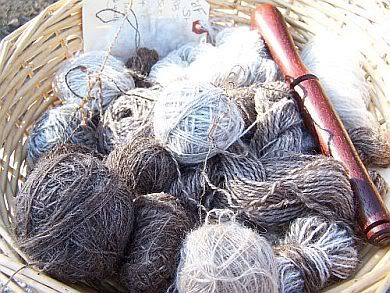The weather has been spring like and it is time to start the garden clean up. I've been raking the winter kill into burn piles. It is much too dry to light the fires now, but when the rains come, I will be ready.
The earth is soft and workable. I cannot remember a day this early in March when the soil has been in such good condition. This was the year of the "non-winter", and the frost seems to be out of the ground already! I resist the temptation to plant peas.
A few chickens wandered in through the open gate. Grace would call these "helping chickens". They want to help rake. So we all scratch the ground together. In this image, you can see my old white roo. He is a gentleman rooster. His name is Rudy. Yes, Rudy-roo. And he is never rude.

He treats his hens kindly, and offers them whatever goodies he finds...he is what I call, a keeper. He does not look like much, but he more than makes up for that with his temperament and the fact that he does not shoot blanks.

There is also a young cockerel in our flock of chickens...here is our Chanticleer....
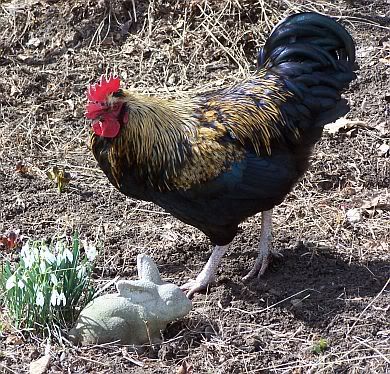
He is rather puffed up with himself, and can be found either waltzing about the yard, or charging the hens and chasing them around until they submit to his ways.
You must admit...he is a handsome devil. Just look at his hackels! One could tie some lovely flies with those. ahem.
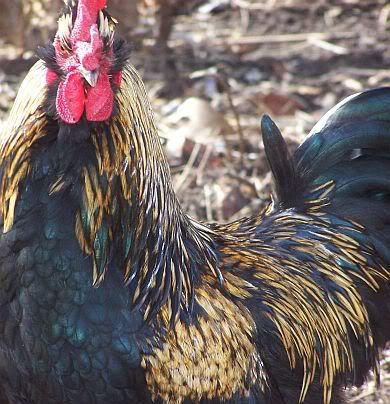
They glimmer in the sunshine, like gold leaf.
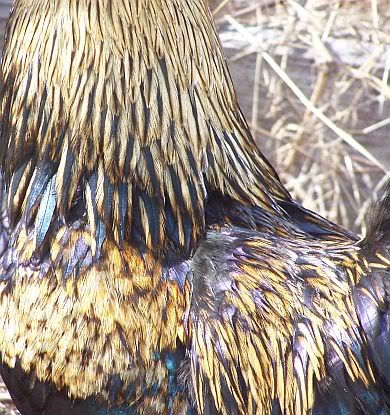
He knows he is beautiful. He is bold. Aggressive. And I'm not sure he is going to be so easy to live with once he matures fully. I've told him he should calm down if he wants to stay. Otherwise, his gorgeous feathers could wind up in the river, as fish bait. I hope he heeds my warning!

And speaking of warnings...this is an interesting bit of phenology research information regarding Galanthus nivalis and climate change.
The plants at Kew Gardens and Wakehurst Place provide valuable information about our climate and so provide an early warning of the effects of climate change. For example, staff at Kew study the changes in plant life-cycles over time (called phenology). Each year, scientists monitor and record the flowering dates of a hundred native and exotic plants at Kew Gardens.
Recent signs of change include a shift in the average flowering date of the common snowdrop (Galanthus nivalis). In the 1950s the flowers commonly opened around the end of February, but over the decades flowers have gradually appeared earlier, such that since the 1990s the flowers have opened in January.
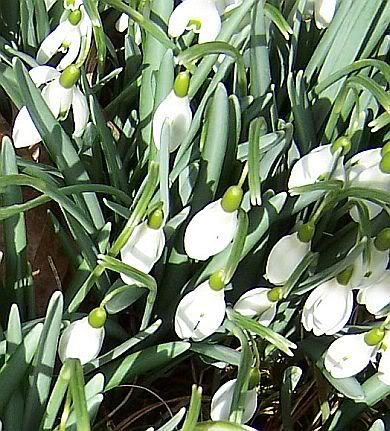
It makes me wonder how to know when your Galanthus is blooming under the snow? This is the first year I can remember when I watched my snowdrop begin to form bud and flower. They do seem right on schedule around here.


